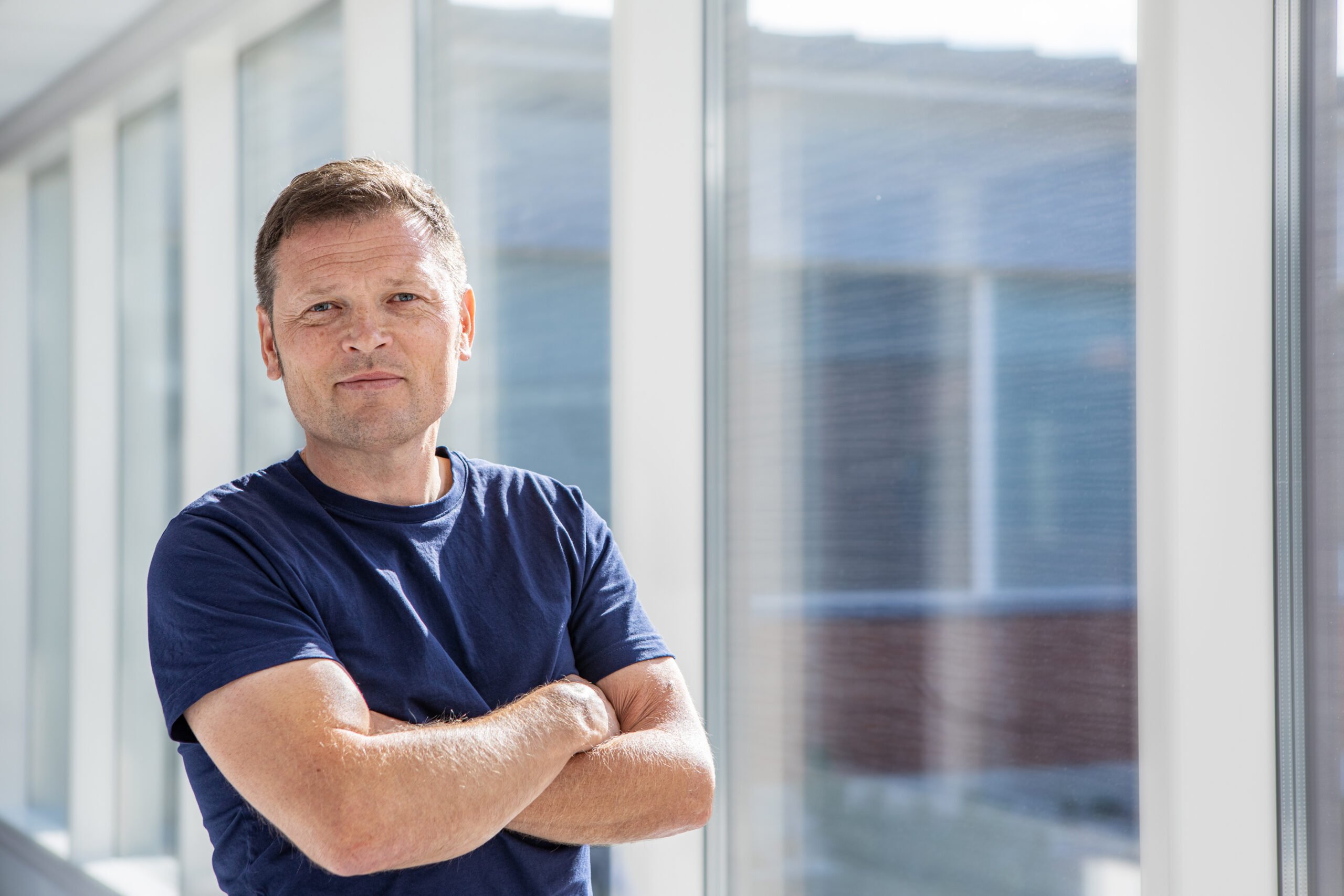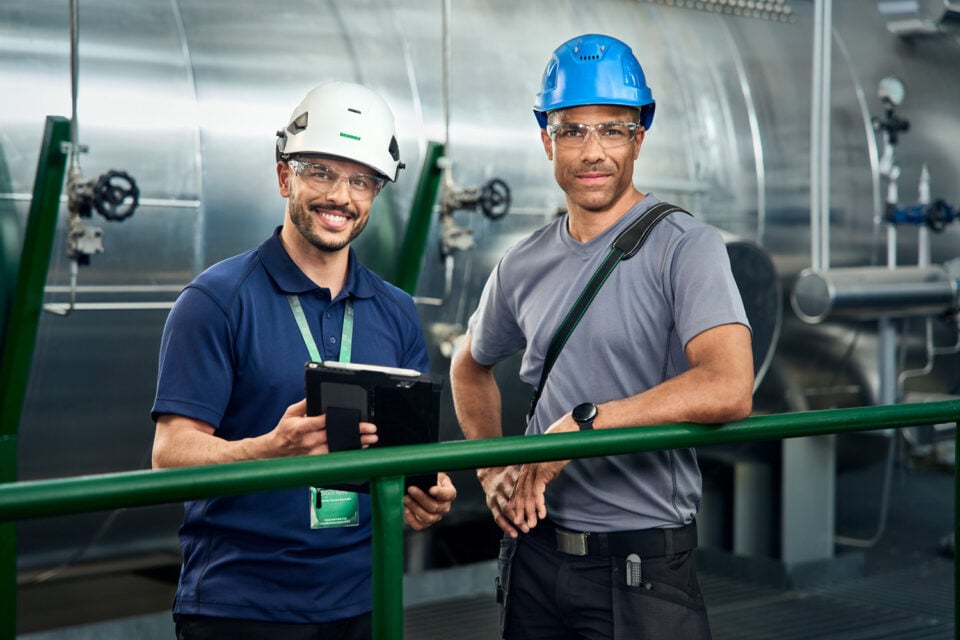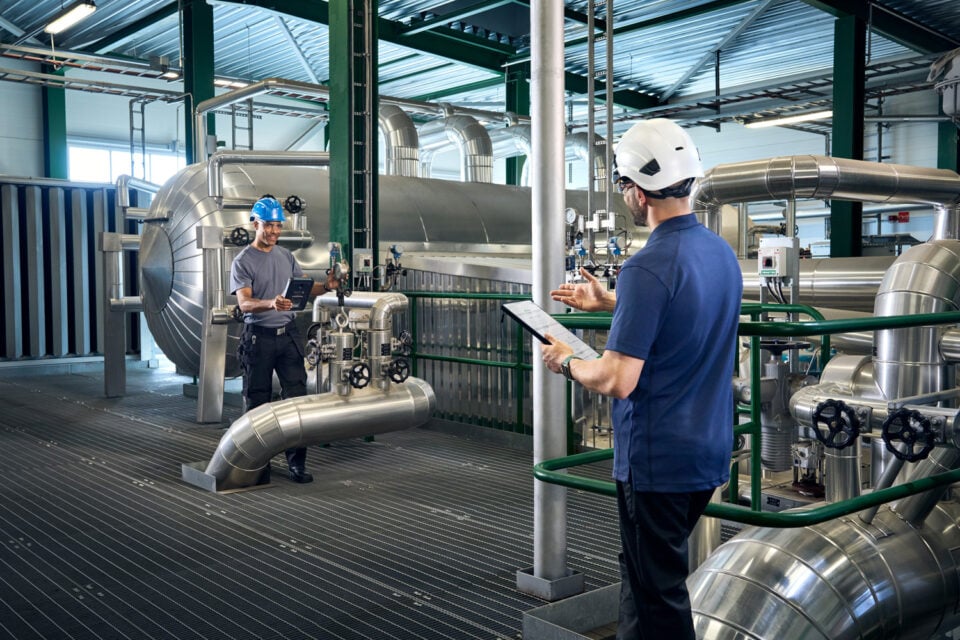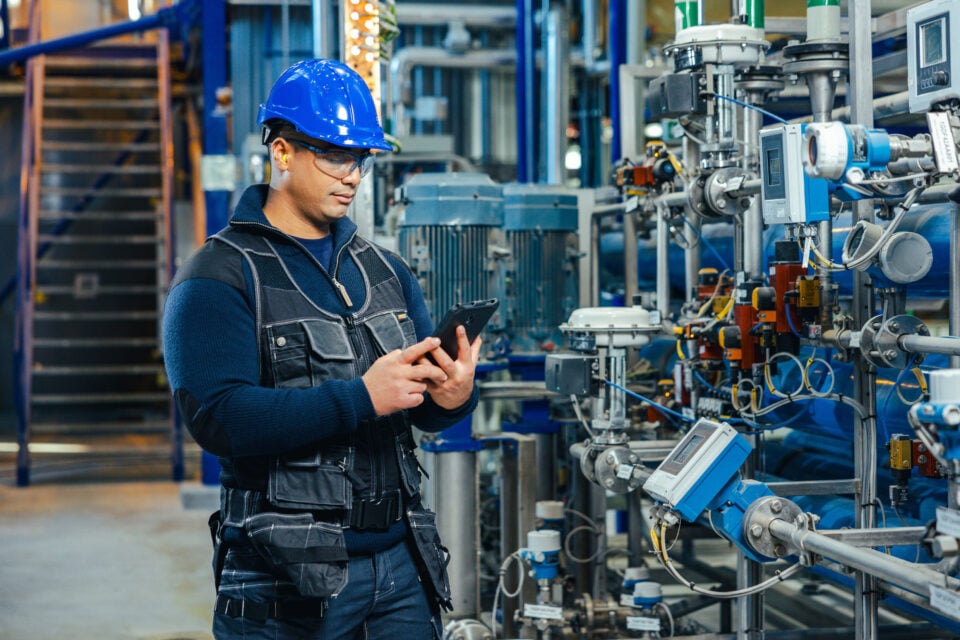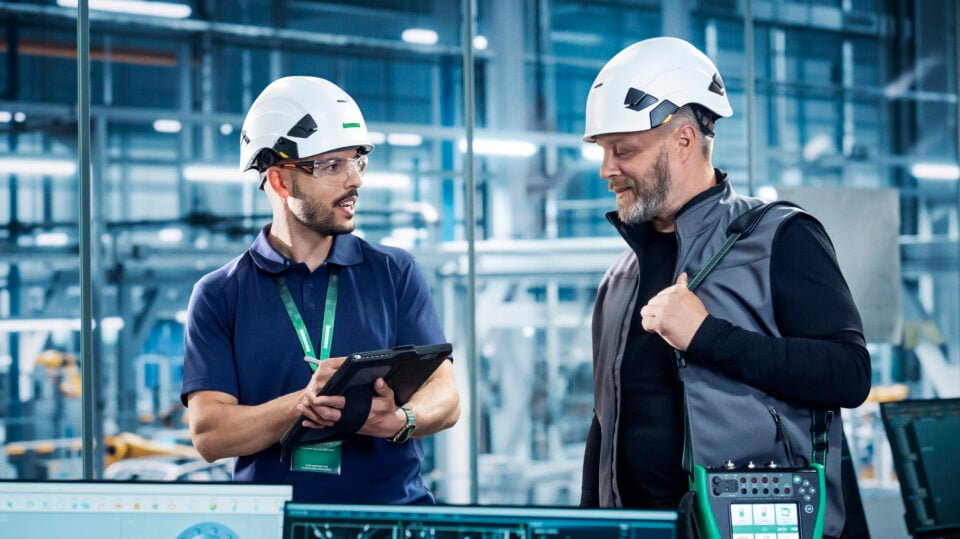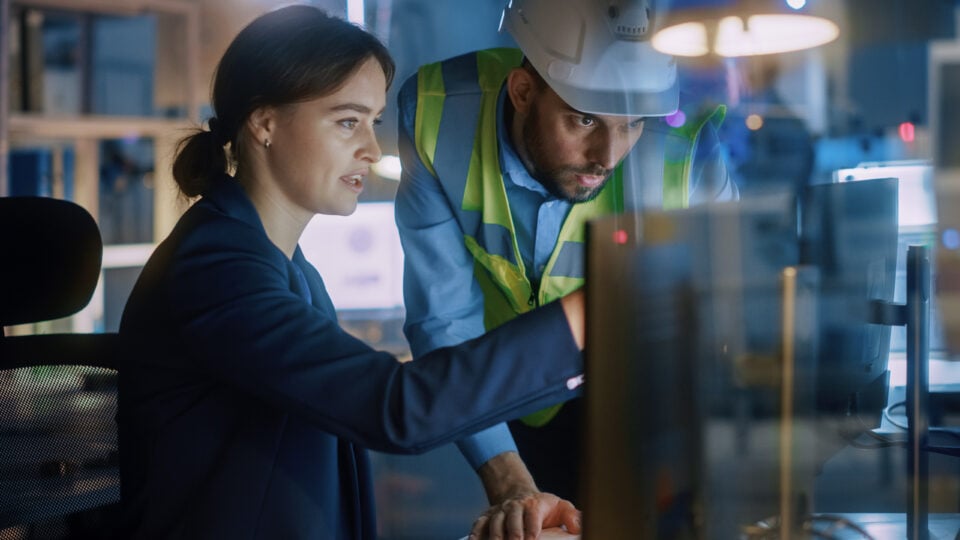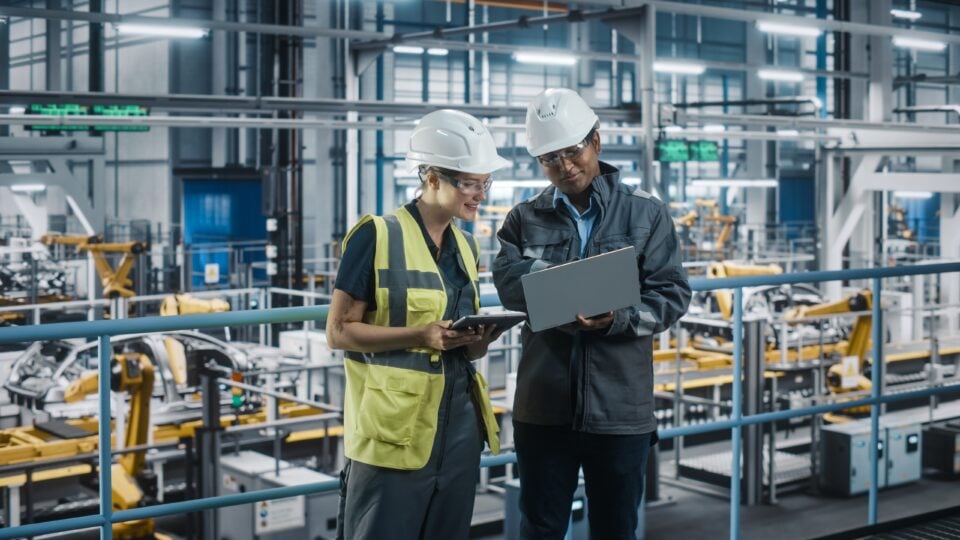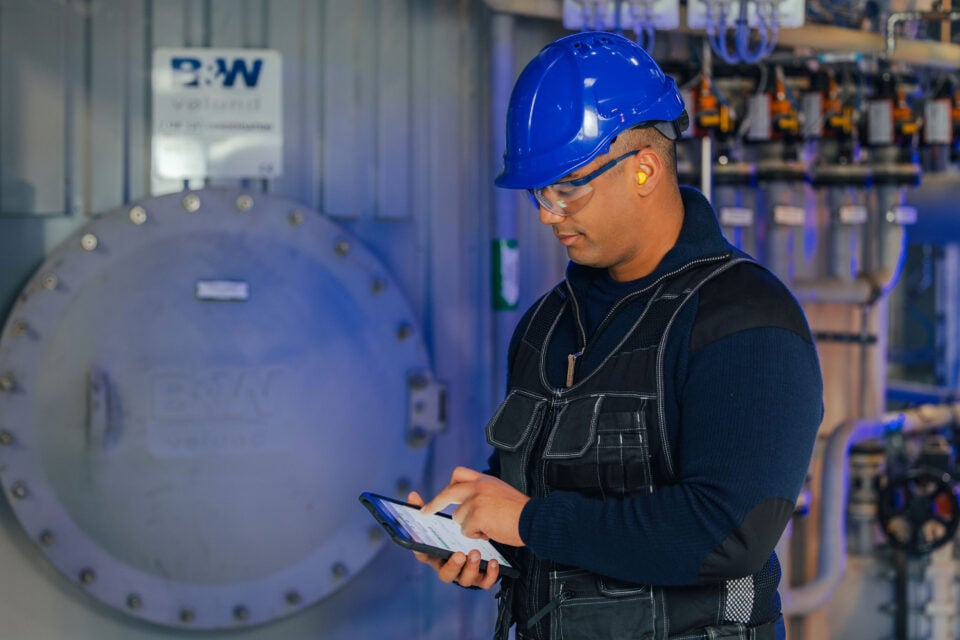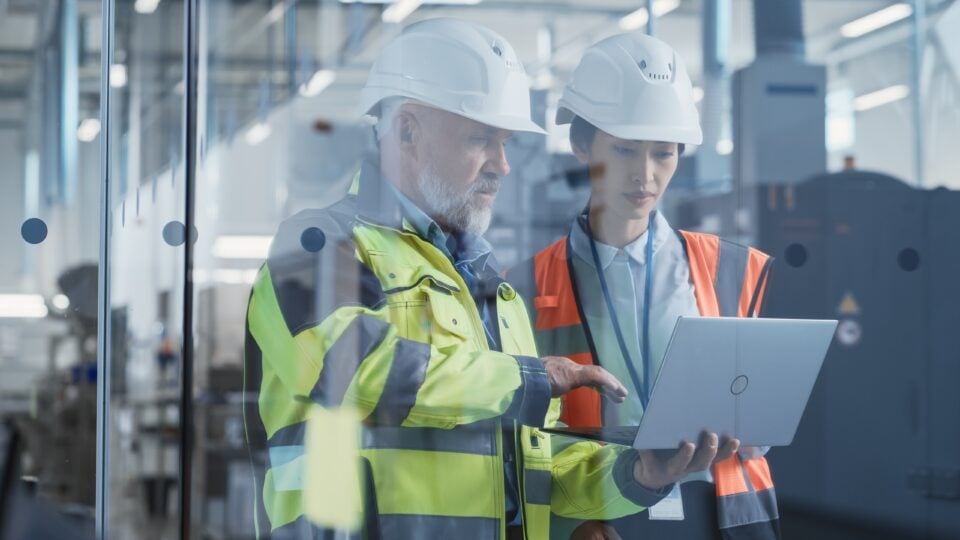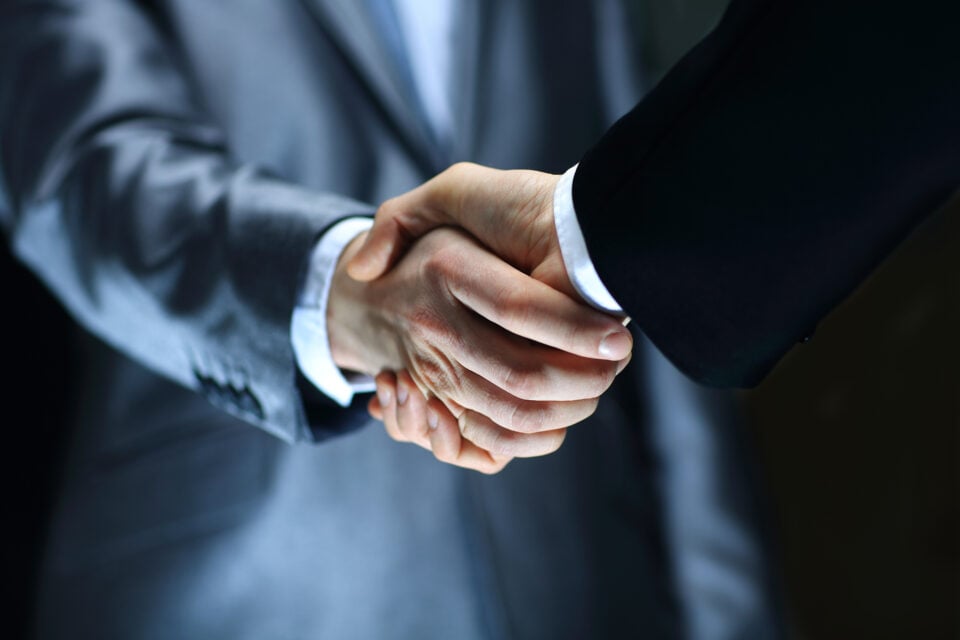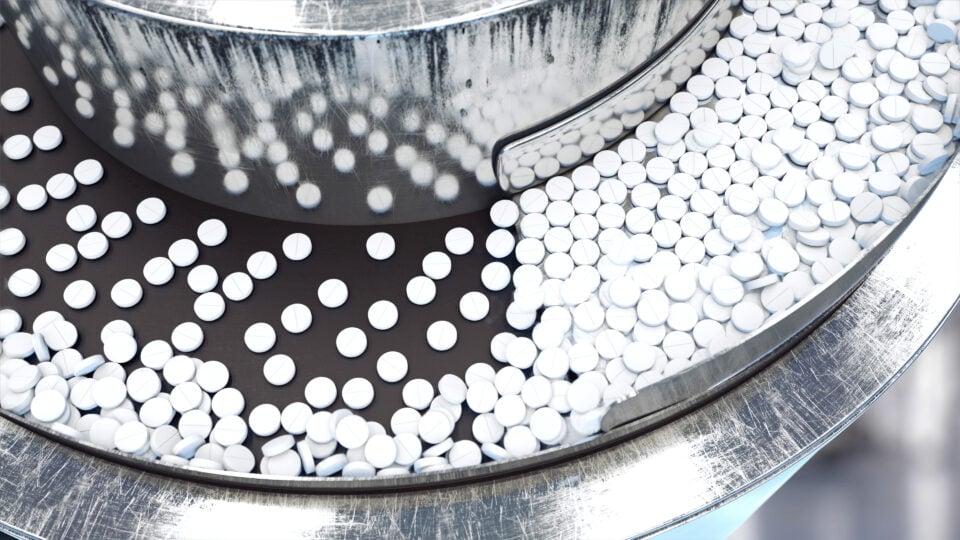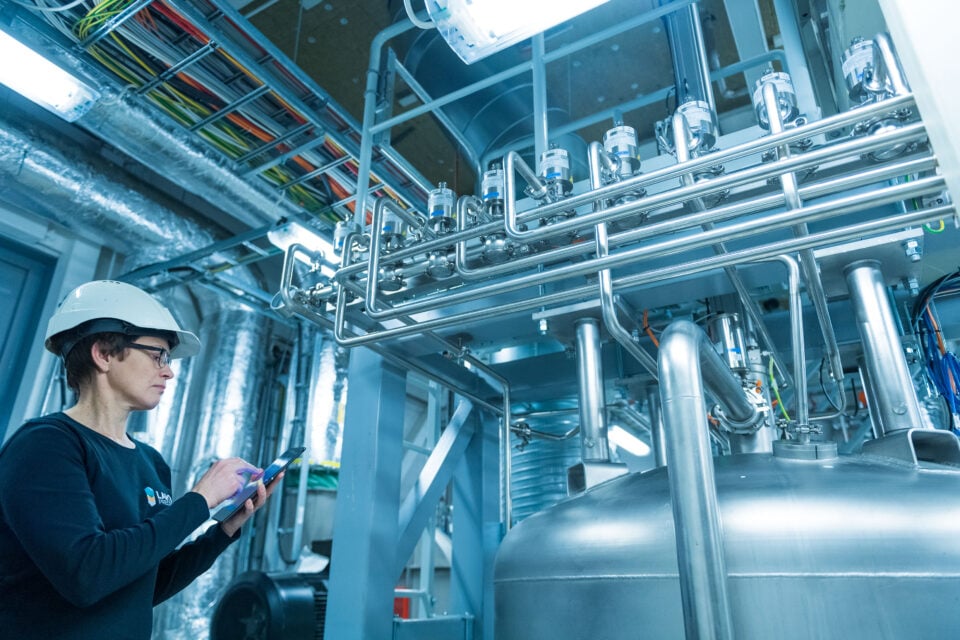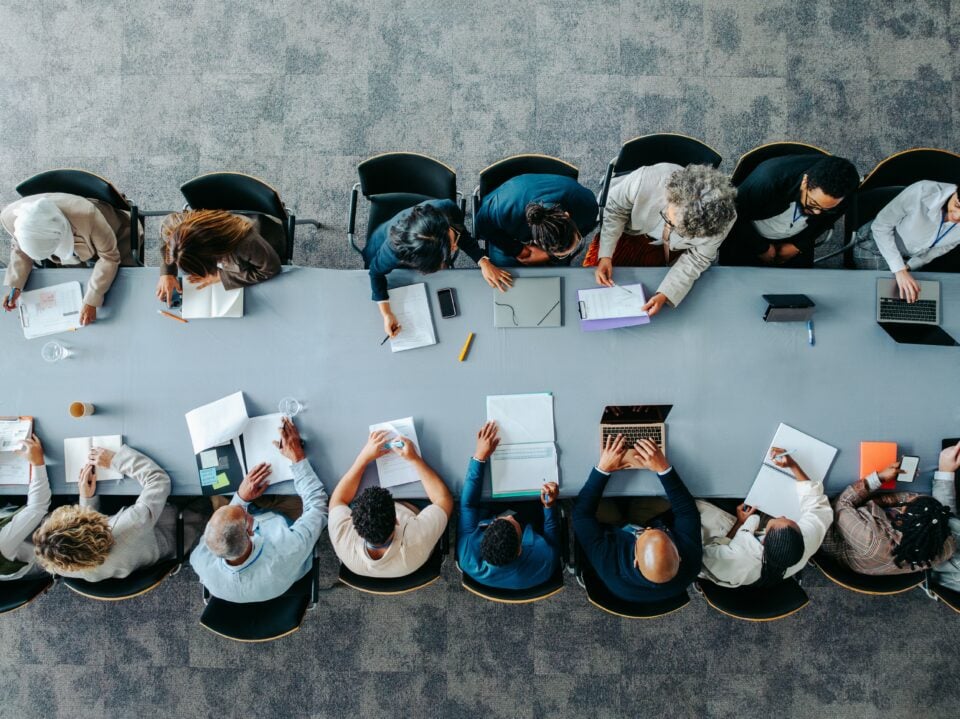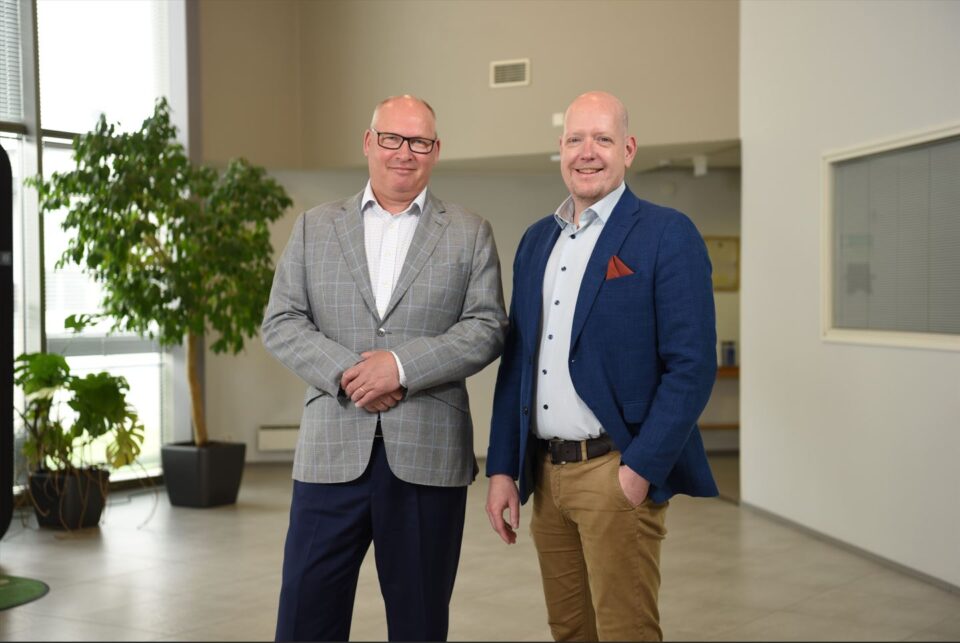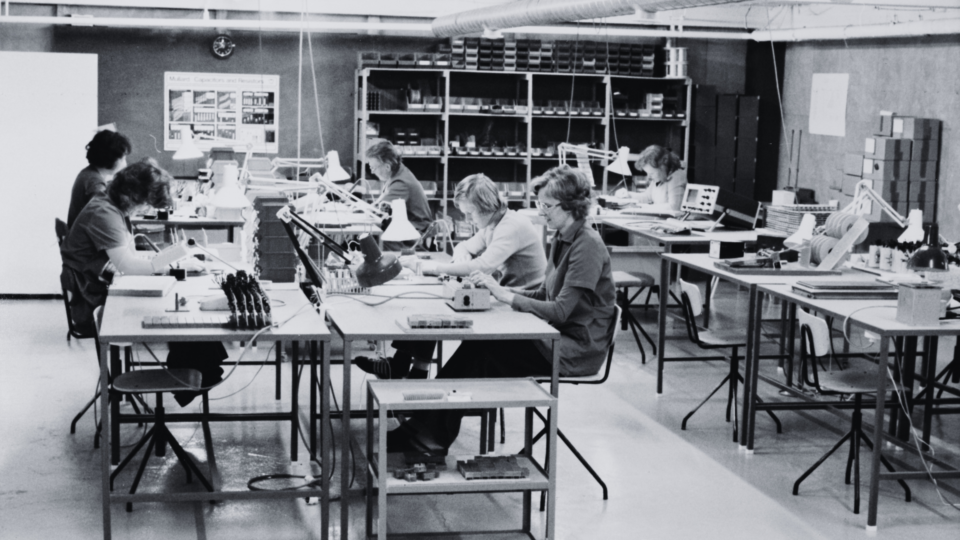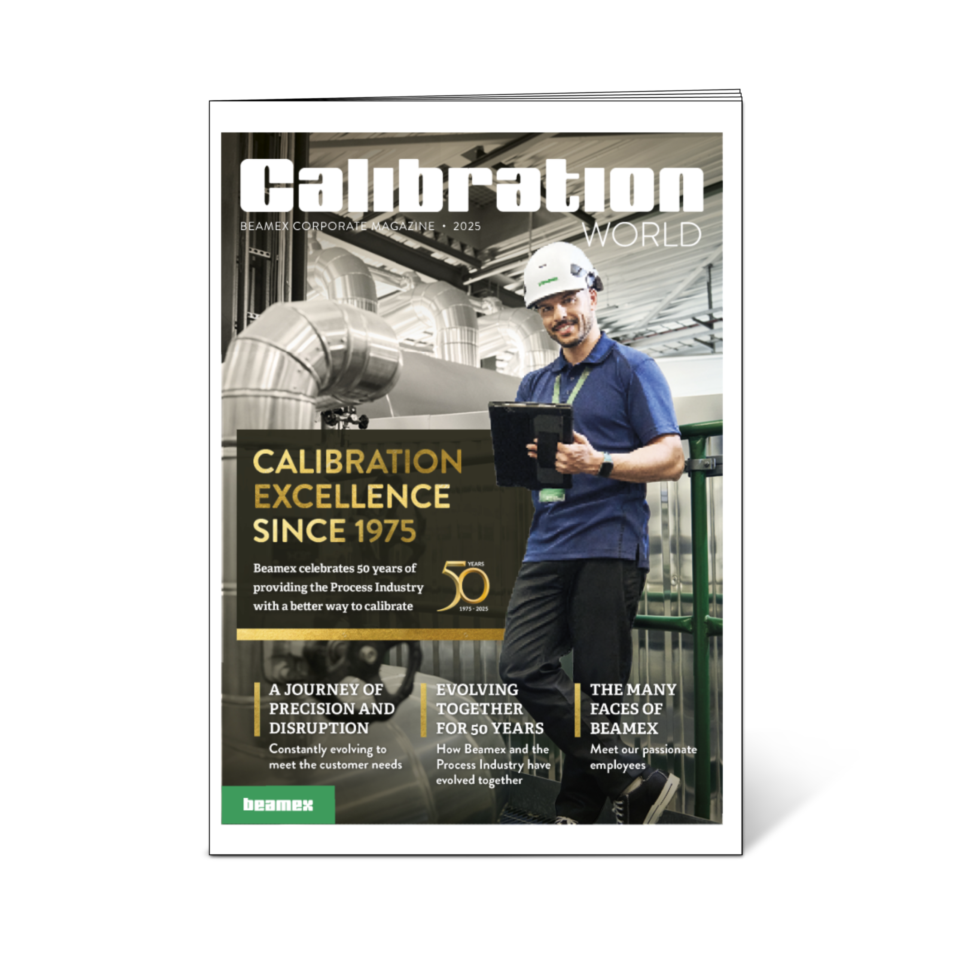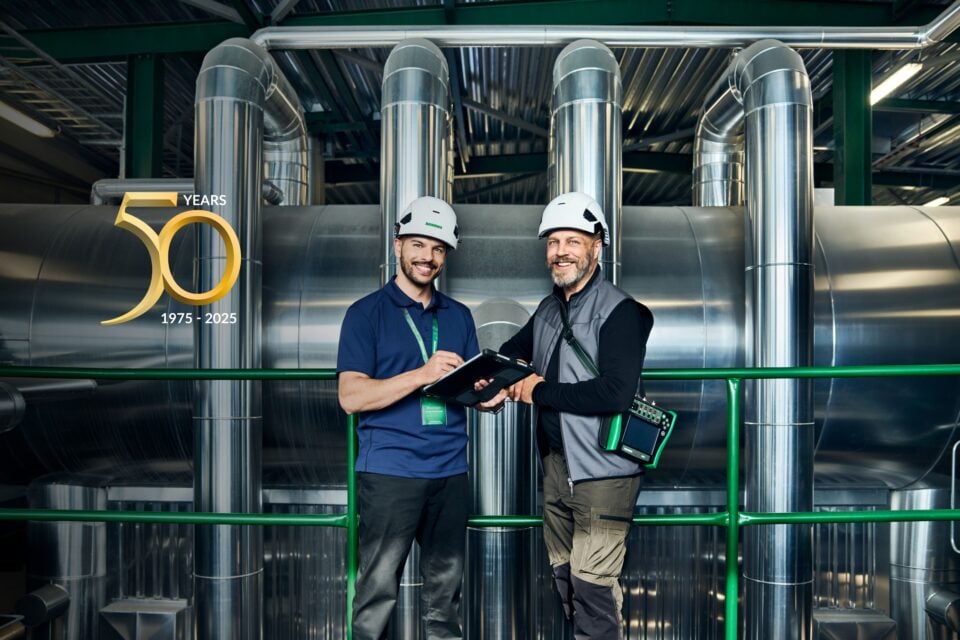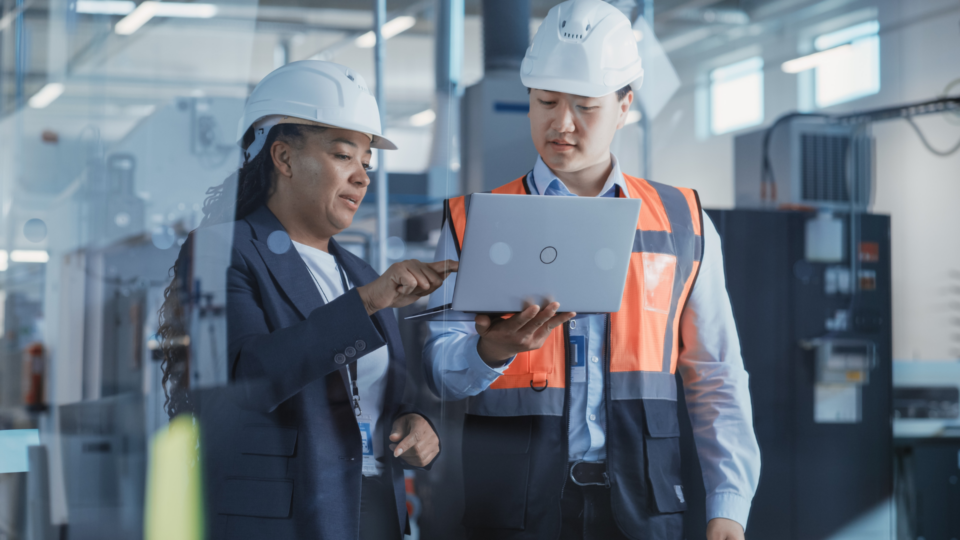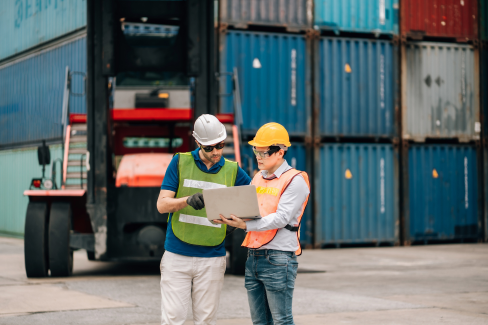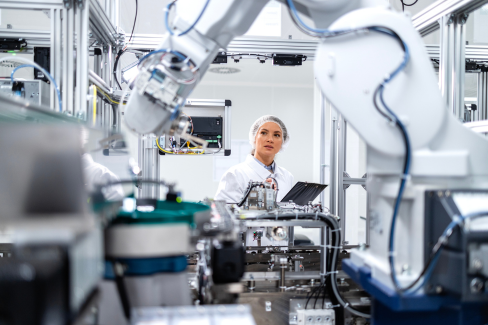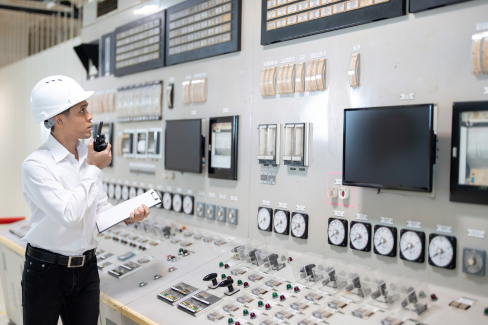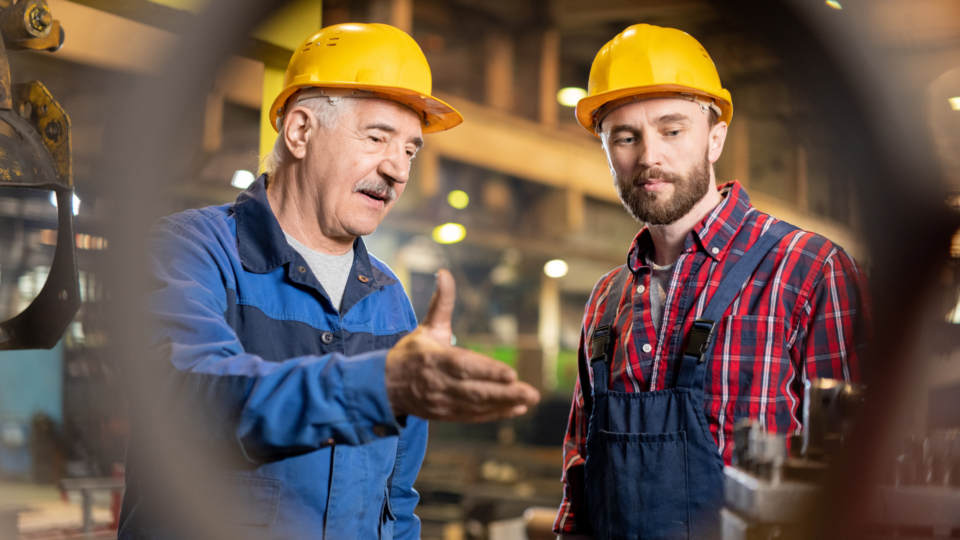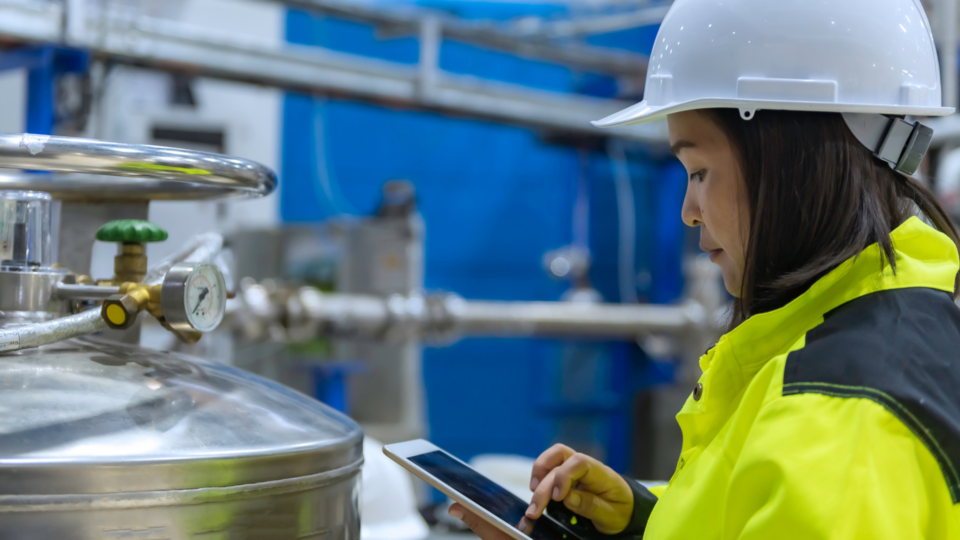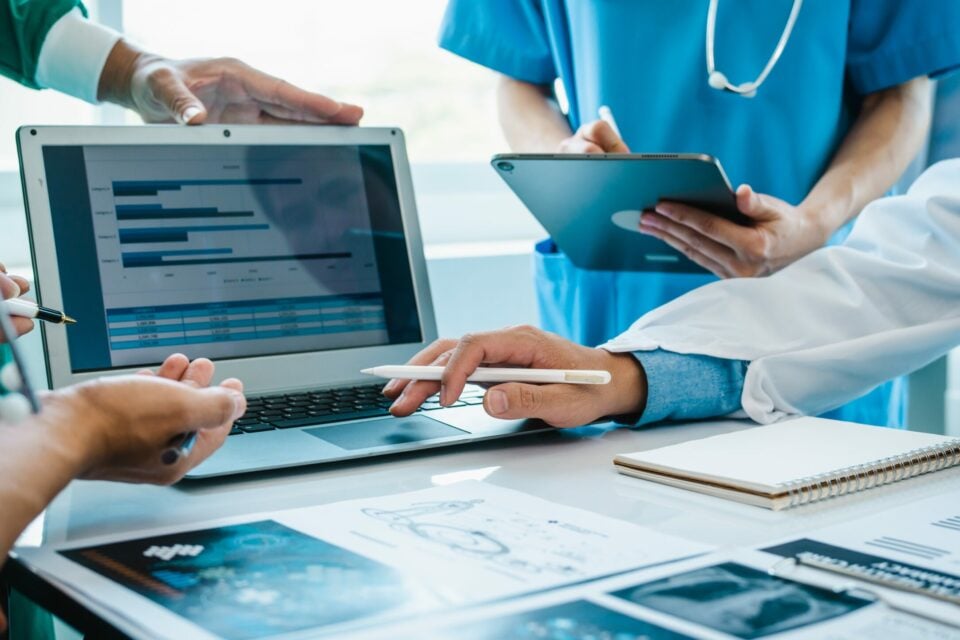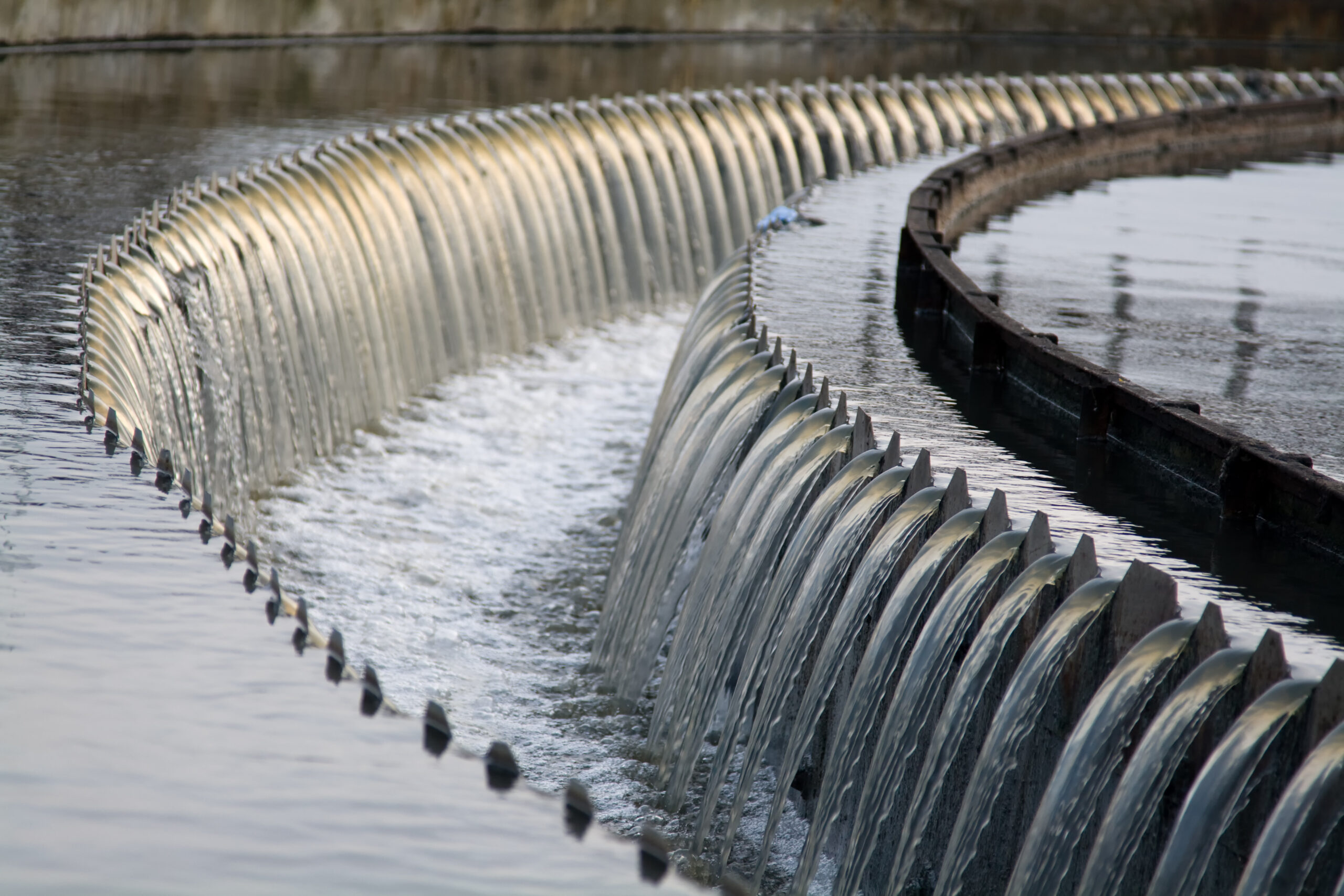
Can calibration help mitigate the global water crisis?
Sami Koskinen, Director of Digital Transformation, Beamex
With nearly two-thirds of the global population expected to suffer from water shortages by 2050, what do we need to do to ensure equitable distribution of this precious resource?
Growing up, one of the books that always fascinated me was Dune by American author Frank Herbert. His vivid description of life on a planet completely devoid of water seared into my young mind, leaving an enduring image.
This image keeps coming to mind as I read reports about the world’s looming water crisis. The World Meteorological Organization predicts that five billion people or two-thirds of the global population will be facing water shortages by 2050. Climate change, a vast population, and improper water management have come together to make water, one of the most freely available resources in the world, the new oil.
As I write this, in South Asia, countries are renegotiating decades-old water treaties to determine access to river waters. In America’s drought-stricken west, seven states are preparing litigation to determine who gets how much of the water in the Colorado River Basin. Recent satellite readings show Europe has suffered significant ground water depletion, thanks to global warming. No region is going to be immune to the problem.
Urgent steps need to be taken to solve the global water crisis now. As an engineer, I see this as a challenge that must be solved by first, wisely using the water that we have, and second, by developing new solutions to rejuvenate our water systems. Doing so will require accurate information and data, thus providing a clearer picture and allowing for a more equitable distribution of resources. I have been working with calibration for 26 years and our work with industries ranging from waste water management, food and beverage to pharmaceuticals, to life sciences, shows that calibration can play a big role in meeting this crisis head-on.
Ensuring transparency with data
Let me explain how. To effectively manage any resource, one must first be able to measure it. This is especially true for a resource like water, which is often distributed through a vast network of underground pipes and has a variety of different end-uses. It is not unusual for regions to lose as much as half of their water supply to invisible leaks that are almost impossible to detect. Accurate measurement can help by allowing water utilities to collect and analyse water trends, measuring exactly how much water is supplied to a region, comparing it with output and determining leakages if any. Accurate measurement also plays a role in the design of pipes and water management systems, ensuring that they meet the necessary standards to store and distribute water. And if that wasn’t enough, accurate measurement can also help determine the quality of the water itself. The difference in one pH reading could determine whether water is safe to drink, to use for household chores, or is pure enough to be used in making pharmaceuticals.
While we take steps to conserve water, we must also parallelly push for new initiatives, technologies, and processes to rejuvenate water systems. The good news is that world leaders have taken note of the first, with water finally becoming a climate change priority at COP27. As a result, I see major entities including governments and corporations taking steps to move away from inefficient water management practices, while investing in solutions to reclaim and reuse water. Major companies like Danone and Levi Strauss have already taken steps to bring water usage to a minimum and that trend is only set to grow. A new satellite will soon take stock of all the world’s water bodies allowing for more informed use of water in agriculture and other activities. I believe assuring accurate measurements through calibration will play an important role in all the above, ensuring that the proper standards are met and that promises to sustainably manage water are backed up by data, creating an ever-improving system of water conservation and stewardship.
The very first line in Dune reads “a beginning is the time for taking the most delicate care that the balances are correct.” That sentiment is something that I and everyone else at Beamex share, as we work on a range of calibrations software and devices to create a more transparent and sustainable world. If you want to find out how we can tackle these global issues together, get in touch.
You might also find interesting
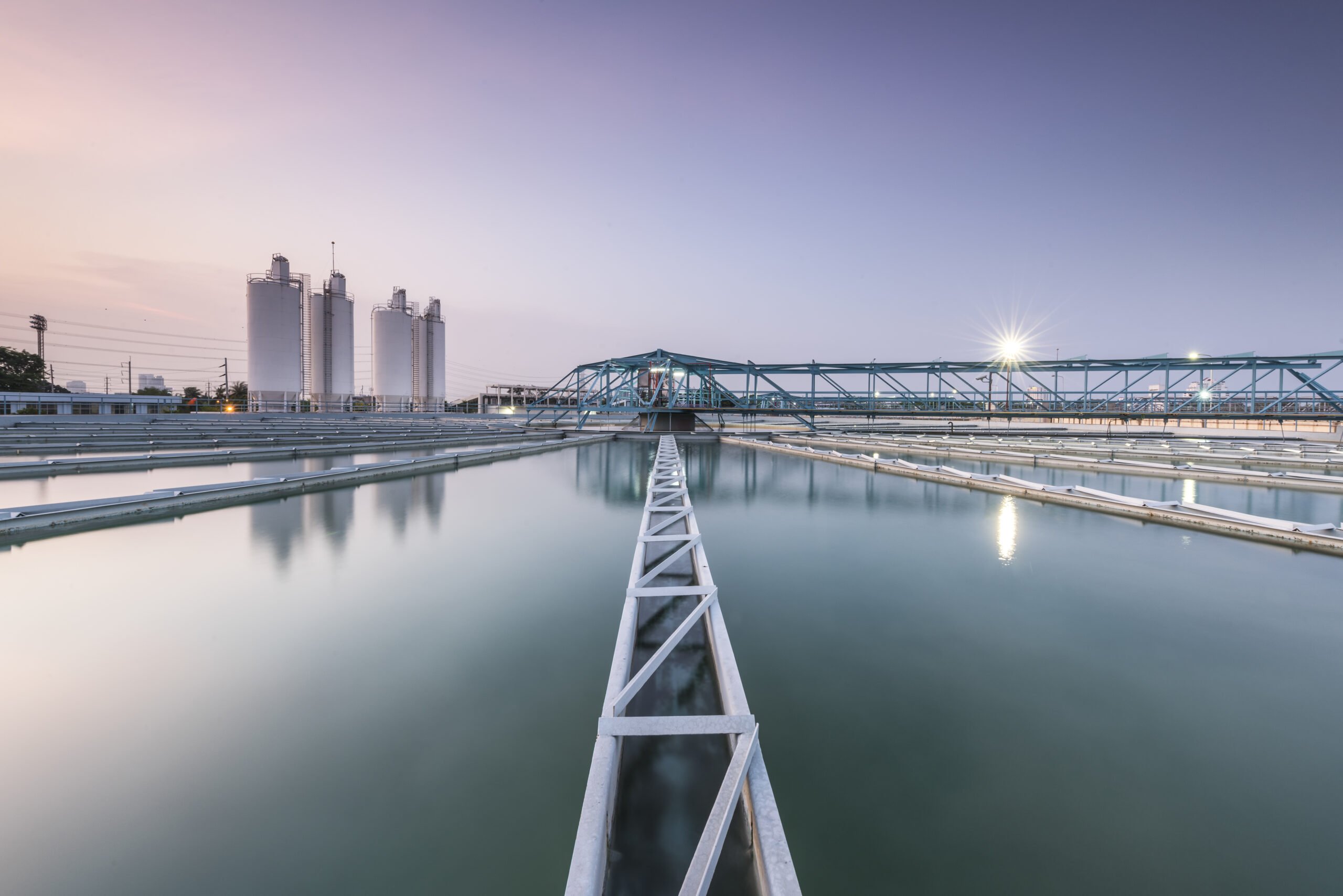
For a safer and less uncertain world
Welcome to our series of topical articles where we discuss the impact that accurate measurement and calibration has on the world and our everyday lives.
